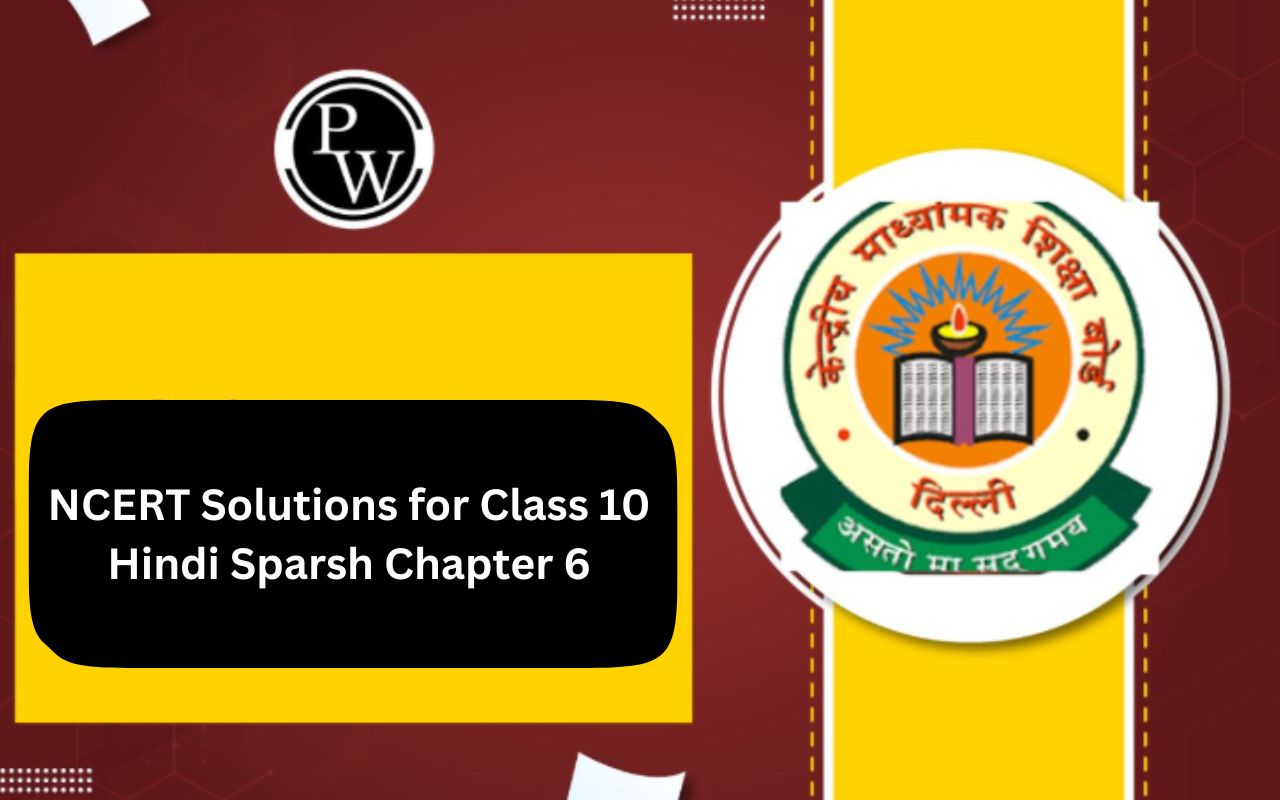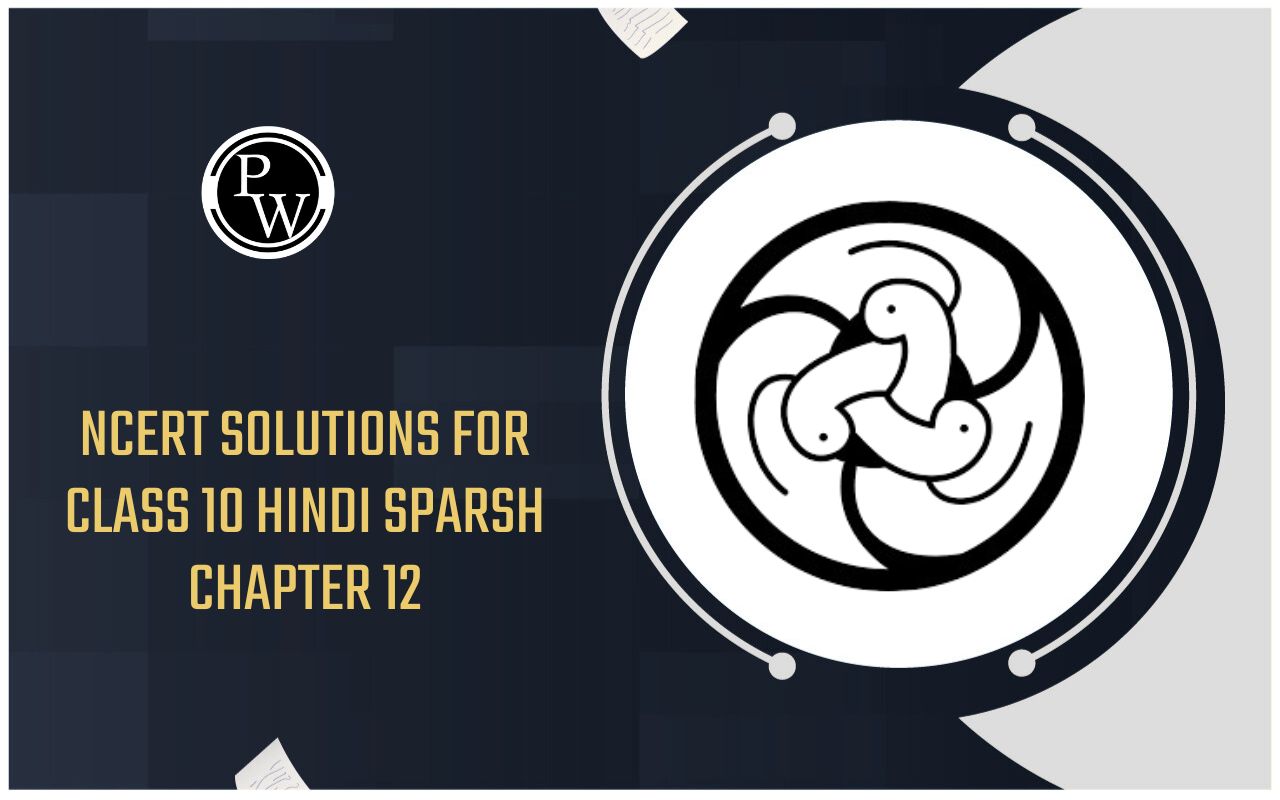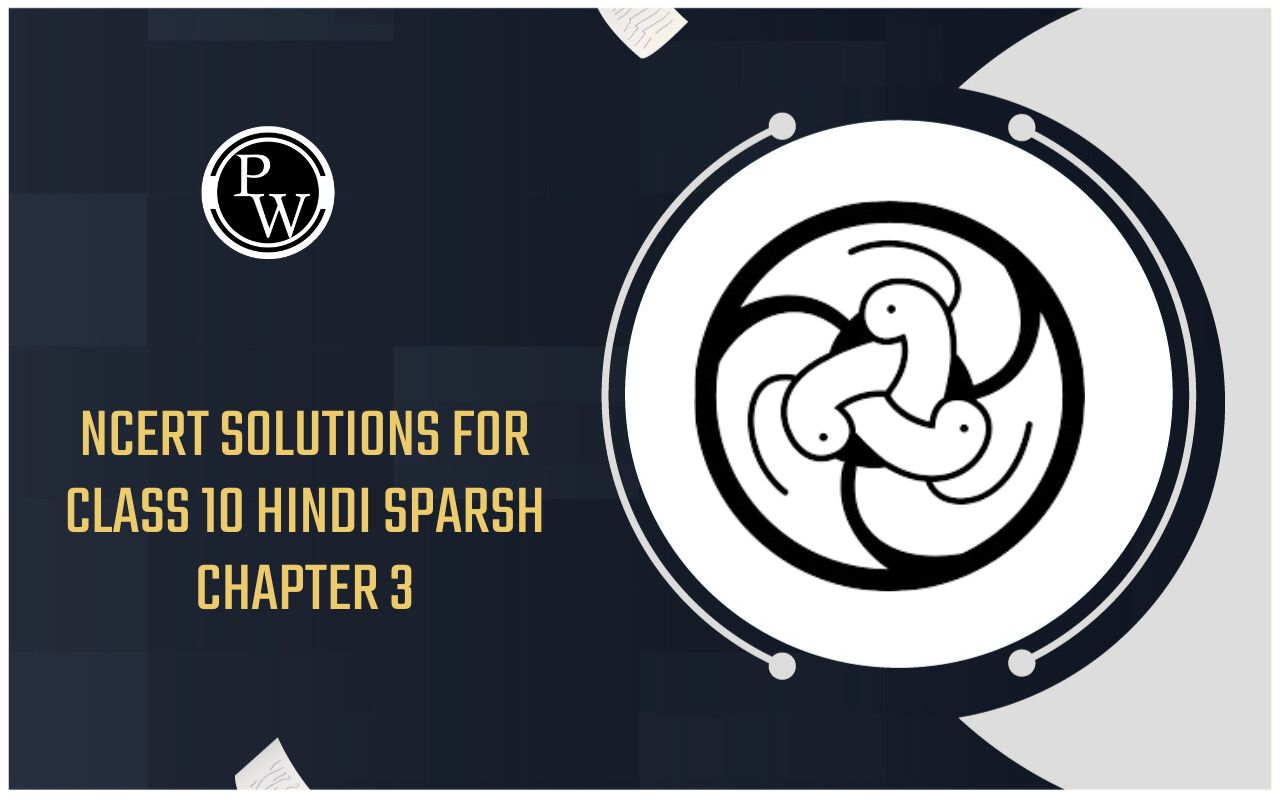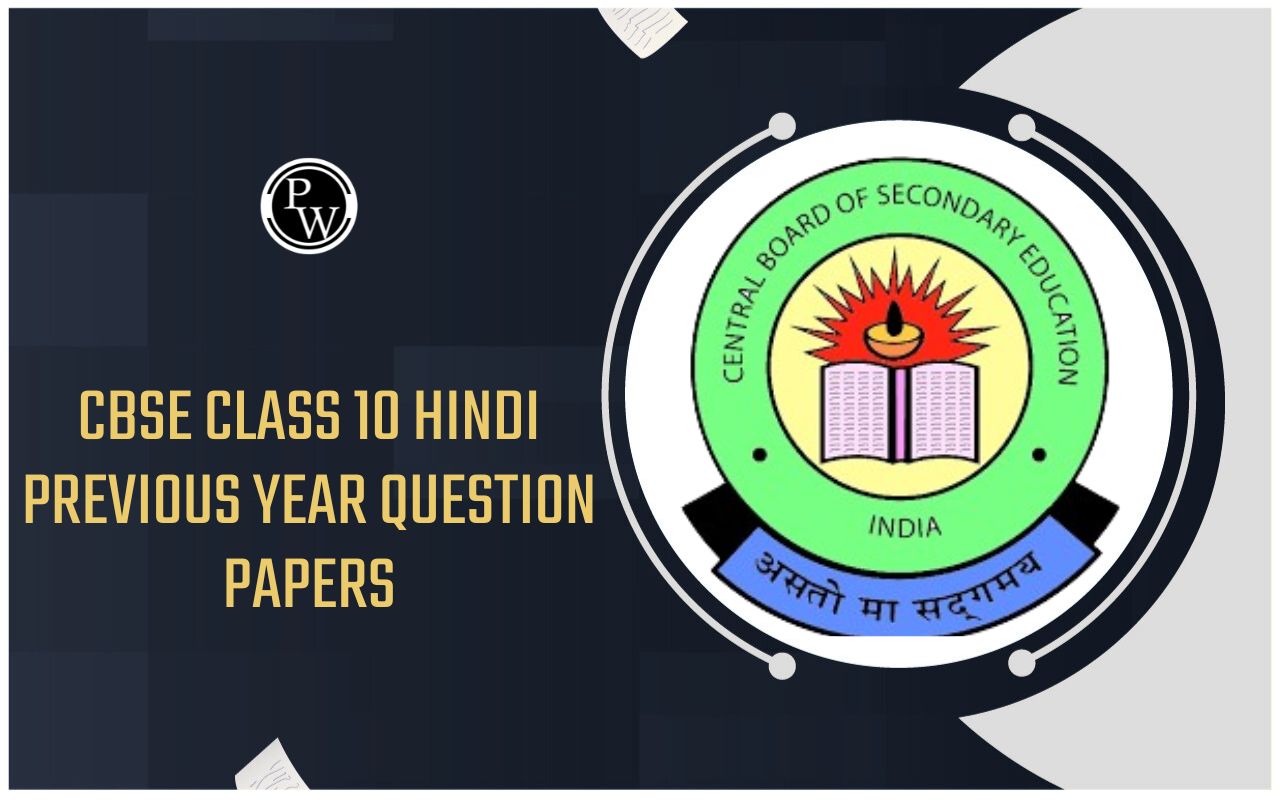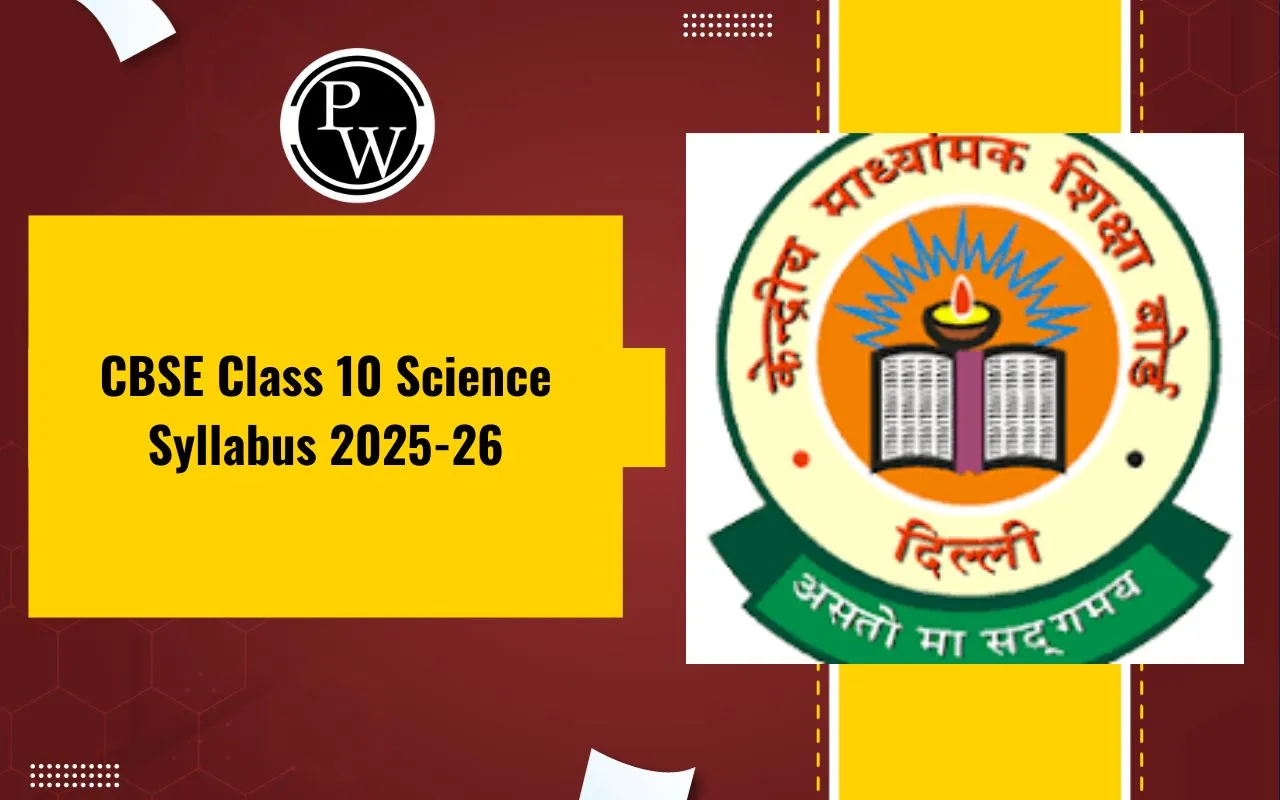
NCERT Solutions for Class 10 Social Science History Chapter 8: The introduction of novels is one of the major literary historical advances. It is a contemporary form that is used to attract a bigger audience. In the 17th and 18th centuries, the development of printing technology greatly increased the appeal of novels.
This is the reason Chapter 8 of Social Science for Class 10 includes this important historical development. Download and complete the Novels Society in PDF format to help you study for this chapter's board exams.NCERT Solutions for Class 10 Social Science History Chapter 8 Overview
The history of print is covered in Chapter 8, starting in East Asia and moving on to Europe and India. Students will get an understanding of the effects of technology proliferation and how the introduction of print impacted social lives and cultures by the end of this chapter.NCERT Solutions for Class 10 Social Science
In this chapter students will learn about the print culture earlier and the role of women in it. Also, how India changed its print culture over time.NCERT Solutions for Class 10 Social Science History Chapter 8 PDF
Every question that has been added to this list has been derived from the themes and events covered in this chapter's syllabus. Examine this chapter thoroughly and see how well you can answer the following questions. To ensure they are well-prepared, thoroughly review the subjects addressed in this chapter before proceeding. Here we have provided NCERT Solutions for class 10 chapter 8.NCERT Solutions for Class 10 Social Science History Chapter 8 PDF
NCERT Solutions for Class 10 Social Science History Chapter 8
Q1. Outline the changes in technology and society which led to an increase in the readers of the novel in eighteenth-century Europe.
The following social and technological shifts in eighteenth-century Europe contributed to the rise in the book's readership:- Older manuscripts were written by hand and shared by a small group of people. However, novels were being published. Novels were therefore extensively read and swiftly gained popularity.
- Book prices have decreased as a result of technological advancements in printing, such as the power-driven cylindrical press. One of the first products to be marketed in large quantities in Europe was the novel.
- Large cities like London were expanding quickly, and print and better communications allowed them to stay connected to rural and small communities. Novels generated a multitude of shared interests among their diverse and dispersed readership.
- Novel readers were reshaped by emerging lower-middle-class groups like clerks and shopkeepers, as well as by the established gentlemanly and aristocratic classes in France and England.
- Prosperity increased for the middle classes in the eighteenth century. Women had more free time to compose and read novels.
Q2. Discuss some of the social changes in nineteenth-century Britain that Thomas Hardy and Charles Dickens wrote about.
The most well-known English novelist of the Victorian era was Charles Dickens. He wrote about how industrialization had a detrimental impact on people's lives and personalities. His books Oliver Twist and Hard Times were widely read, (i) Hard Times: He portrays Coke town, a fictional industrial town, in his novel Hard Times (1854) as a desolate environment with smoking chimneys, machinery, purple-tinted rivers, and identical-looking houses. Workers are referred to as "hands" in this context, as if their only identity is as machine operators. Dickens attacked concepts that turned people into little more than tools of industry in addition to profit-driven avarice. (ii) Oliver Twist: Dickens also addressed the terrible realities of urban living under industrial capitalism in other writings. His 1838 novel Oliver Twist tells the story of a destitute orphan who lived among beggars and small-time crooks. Oliver was raised in a harsh workhouse before being adopted by a wealthy guy and leading a happy life.Q3. Summarise the concern in both nineteenth-century Europe and India about women reading novels. What does this suggest about how women were viewed?
(i) Many people were afraid that women would abandon their traditional roles as wives and mothers and create chaos in their households when they started writing and reading novels. (ii) It is not unexpected that a large number of men expressed misgivings about women authors or readers of books. This mistrust sliced through communities. Christian missionary Hannah Mullens claims to have written Karuna o Phulmonir Bibaran (1852), purportedly the first Bengali novel, in secret. Sailabala Ghosh Jaya, a well-known novelist in the 20th century, was only able to write because her husband shielded her. Novel reading was frequently discouraged for women and girls, as the South has demonstrated.Q4. Explain how Leading novelists of the nineteenth century wrote for a cause as mentioned below:
- Colonial laws that viewed India's modern culture as inferior. The portrayal of Indians was one of weakness, division, and reliance on the British.
- Conversely, Indian novelists aimed to create contemporary writing that would foster a feeling of national identity and cultural parity with their colonial overlords.
- Several books gave readers a feeling of unity among Indians. Anguriya Binimoy (1857), written by Bhudeb Mukhopadhyay (1827–94), describes Shivaji's fights with Aurangzeb and his jail escape. It presents him as a nationalist battling for Hindus' freedom.
- Similar to this, Bankim's novel Anandmath (1882) tells the story of a covert Hindu militia that battles Muslims to create a Hindu kingdom. There were no freedom warriors inspired by this book. Because the colonial rulers viewed the modern Tridian culture as inferior, Indian novelists thus attempted to foster a sense of cultural equality and national affiliation. The country was portrayed in historical fiction as being full of romance, adventure, bravery, and sacrifice.
Benefits of NCERT Solutions for Class 10 Social Science History Chapter 8
Below we have mentioned some of the benefits of the NCERT history class 8 solution -Extensive Coverage: All chapters and topics required by the CBSE board are included in our Class 10 History solutions, giving students access to all relevant material for their exams.
Clarity of concepts: Because the solutions are provided clearly, they are simple to read and remember. Important historical events, anniversaries, and figures are highlighted for convenience of reference.
Visual Aids: To aid with understanding, where applicable, the solutions sometimes include diagrams, maps, and drawings. When historical events and concepts are made visible to students through the use of visual aids, their comprehension is boosted.
Exam-focused: When developing our Class 10 History solutions, we took into account the structure and style of the test. Students can find these solutions to be a helpful resource for reviewing and getting ready for tests.
NCERT Solutions for Class 10 Social Science History Chapter 8 FAQs
Is history class 10 hard?
Is history a good subject?
Why is history important class 10?

